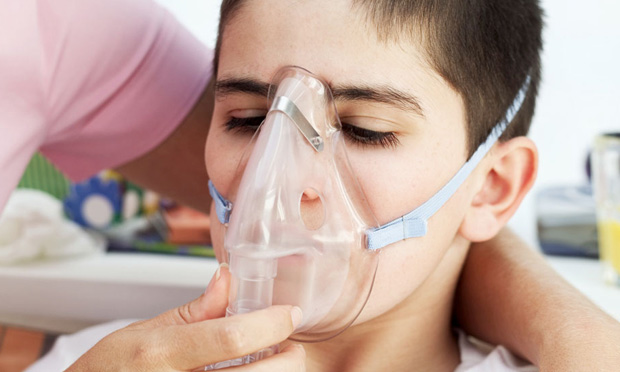In the United States, racial minorities tend to experience poorer health compared to their white counterparts. For example, the death rate for all cancers is 30% higher for African Americans than it is for whites, according to the national Centers for Disease Control and Prevention. Hispanics are almost twice as likely as non-Hispanic whites to die from diabetes.
The prevalence of asthma also differs by race. Studies consistently demonstrate that asthma – a chronic lung disease that affects about 1 in 12 people — is more likely to affect blacks than whites and is less common among Hispanics. A limited number of studies, however, have looked at the prevalence of asthma among racial groups and how it has changed over time. A 2015 study published in the American Journal of Public Health, “Time Trends in Racial and Ethnic Disparities in Asthma Prevalence in the United States From the Behavioral Risk Factor Surveillance System (BRFSS) Study (1999–2011),” seeks to fill that gap in knowledge. For the study, four researchers from Harvard University — Nandita Bhan, Ichiro Kawachi, Maria M. Glymour and S. V. Subramanian — analyzed data that had been collected through annual health surveys between 1999 and 2011. Surveys were taken of more than 3.8 million adults across the 50 states and District of Columbia.
Findings include:
- As found in previous studies, black people had higher asthma rates relative to whites, and Hispanics had lower rates than whites.
- The black-white difference in asthma rates increased from 1999 to 2011. While a growing number of people from both racial groups reported being told by a health professional that they had asthma, the rate rose faster for black people. In 1999, 11.5% of blacks reported having been told they had asthma. In 2011, the number was 15%. Among whites, the proportion grew from 11% to 12.5% over that time period.
- Hispanics had lower odds than whites of having an asthma diagnosis. But the difference varied by region. Hispanics in states with large Puerto Rican and Dominican Republican populations reported higher rates of asthma than Hispanics living in other states.
- Low socioeconomic status also was associated with increased prevalence of asthma. Asthma rates were highest among the lowest income earners and high-school dropouts. Racial differences in asthma rates persisted, however, even after accounting for income and education.
The authors of this study were not able to analyze all of the factors driving disparities in asthma rates. But they speculate that differences in access to quality health care and in exposure to pollutants and environmental stressors may play a role. The authors call for further research to understand the effectiveness of environmental regulations such as smoking bans, particularly in poor and minority communities. They also expressed a need to examine urban development and planning processes, especially as they relate to residential patterns in congested, inner-city neighborhoods. Bhan, Kawachi, Glymour and Subramanian also noted that their study revealed risks among Hispanics by their country of origin and state of residence. “Asthma prevention and treatment research and policies need to recognize these racial disparities, and investigate their determinants,” the authors stated.
Related research: A 2012 study published in Environmental Heath Perspectives, “Endocrine Disruptors and Asthma-Associated Chemicals in Consumer Products,” looks at consumer products that may cause or trigger asthma in humans. A 2015 paper that appeared in the Annual Review of Clinical Psychology, “Self-Reported Experiences of Discrimination and Health: Scientific Advances, Ongoing Controversies, and Emerging Issues,”explores how experiences with racial discrimination can affect a person’s mental and physical health.
Key words: health care, asthma trigger, poverty, minority communities, hospitalization, black health, racial disparity, asthma attacks


Expert Commentary